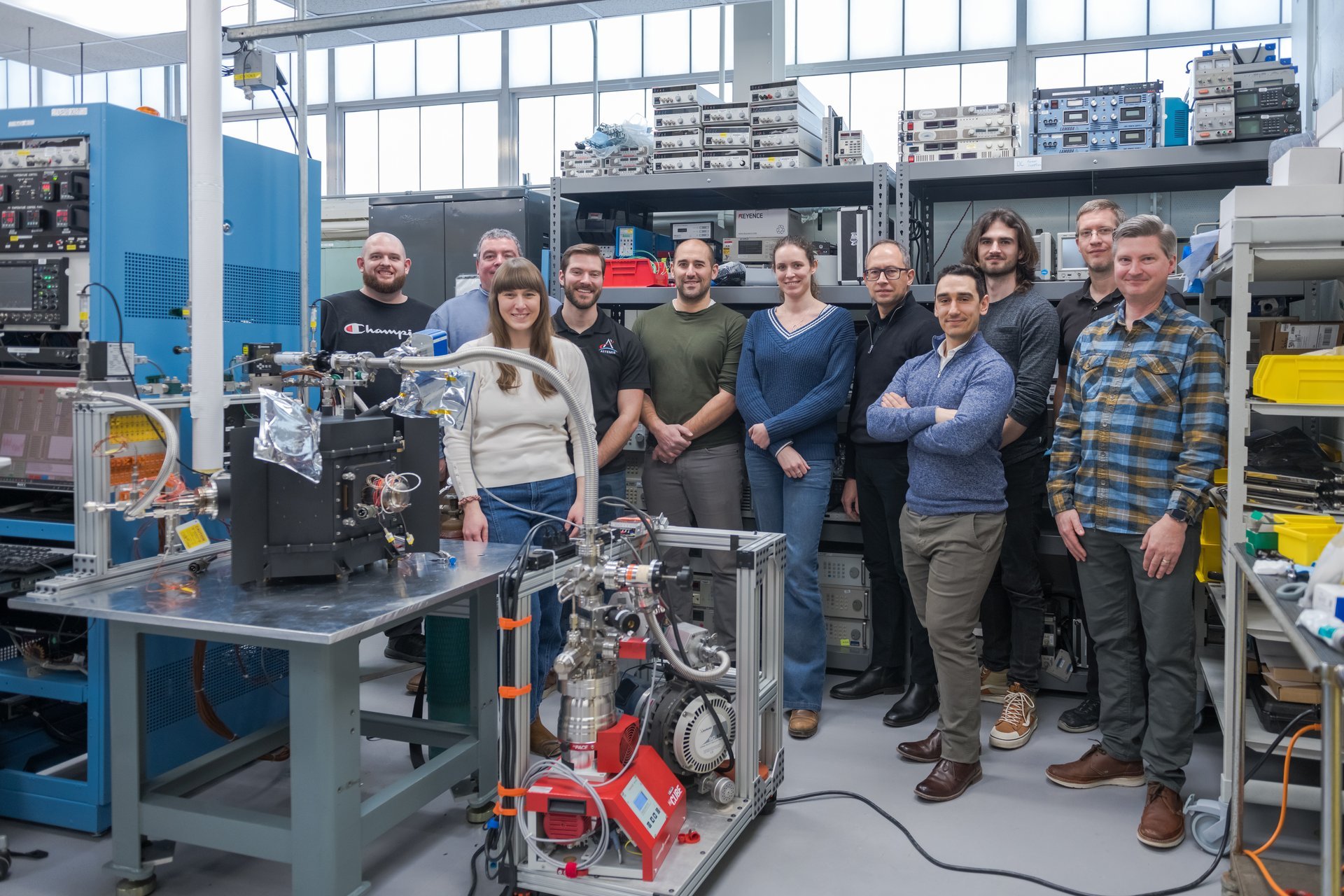Beyond plans to return astronauts to the Moon for the first time since the Apollo Era, NASA and other space agencies have their sights trained on Mars, Venus, and other deep-space destinations. To accomplish this, robust power systems are needed to provide ample power for spacecraft instruments and propulsion systems, thus reducing overall transit times. To this end, NASA is considering Radioisotope Power Systems (RPS), which have been used by the agency for over 60 years, most recently with the Curiosity and Perseverance rovers on Mars and the upcoming Dragonfly mission destined for Titan.
Historically, RSPs have relied on plutonium-238 as a heat source, which generates heat through slow radioactive decay. However, NASA is facing a potential shortage of this isotope, given that the U.S. Department of Energy (DoE) ceased production after the Cold War and stockpiles are dwindling. To address this, the Thermal Energy Conversion Branch at NASA’s Glenn Research Center and the University of Leicester have partnered to investigate Americium-241 as an alternative. This element could be an additional RPS heat source, powering future long-duration missions to destinations far beyond the Earth-Moon system.
For more than 15 years, researchers at the University of Leicester have been leaders in the development of Americium-RPS and heater units. Since the agreement was reached back in January, these researchers have been working with NASA scientists to evaluate the capabilities of a Stirling generator testbed powered by two electrically heated Americium-241 simulators. The University of Leicester provided the heat simulators and generator housing, while the Stirling Research Lab at NASA Glenn provided the test station, the Sterling hardware, and support equipment.
Said Hannah Sargeant, a research fellow at the University of Leicester:
A particular highlight of this (testbed) design is that it is capable of withstanding a failed Stirling convertor without a loss of electrical power. This feature was demonstrated successfully in the test campaign and highlights the robustness and reliability of an Americium-Radioisotope Stirling Generator for potential future spaceflight missions, including long-duration missions that could operate for many decades.
These tests achieved their performance and efficiency target, thereby demonstrating that an Americium-fueled RPS could be a viable power source for future missions. China also plans to send crewed missions to the Moon by 2030 and Mars sometime in the next decade. To this end, they are also pursuing Stirling engines for nuclear power systems to meet the energy needs of long-duration missions. Recently, a team of Chinese scientists created an analytical model to evaluate the design and performance of a Space Nuclear Reactor Power System (SNRPS) powered by a Stirling engine. In 2023, the crew of Shenzhou-15 completed the country’s first in-orbit test of a Sterling thermoelectric converter aboard the Tangong space station.
For their next step, the NASA Glenn team is working on the next version of the testbed, which will be lighter and higher-fidelity, and subject it to environmental testing. Said Salvatore Oriti, a mechanical engineer at NASA Glenn:
The concept started as just a design, and we took it all the way to the prototype level: something close to a flight version of the generator. The more impressive part is how quickly and inexpensively we got it done, only made possible by a great synergy between the NASA and University of Leicester teams.
We were on the same wavelength and shared the same mindset. I was very pleased with how smoothly everything went. Usually in my experience, you don’t accomplish everything you set out to, but we did that and more. We plan to continue that level of success in the future.
